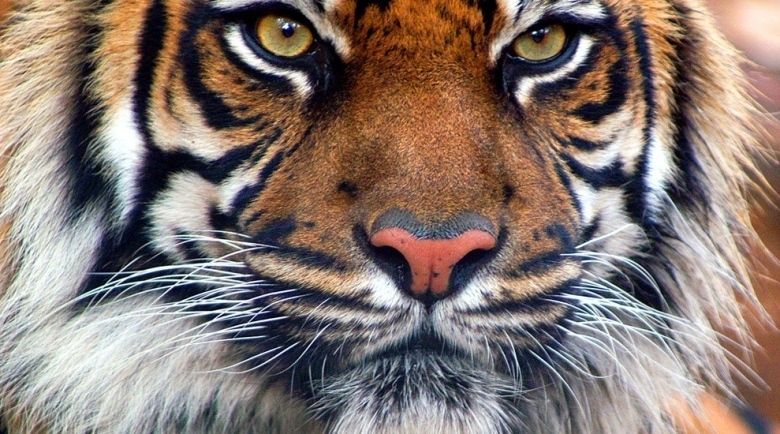
Jiebo Luo, professor of computer science at the University of Rochester, in collaboration with researchers at Adobe Research has come up with a more accurate way than currently possible to train computers to be able to digest big data that comes in the form of images.
In a paper presented at the recent American Association for Artificial Intelligence (AAAI) conference in Austin, Texas, the researchers describe a “progressive training deep convolutional neural network (CNN).” Once trained, a computer can be used to determine what sentiments (feelings) that a given image is likely to elicit. Luo says that this information could be useful for things as diverse as measuring economic indicators and predicting elections. Sentiment analysis of text by computers is itself a challenging task; in social media, where many people express themselves using images and videos, sentiment analysis is even more complicated.
For example, during a political campaign voters will often share their views through pictures. Two different pictures might show the same candidate, but they might be making very different political statements. A human could recognize one as being a positive portrait of the candidate (e.g. the candidate smiling and raising his arms) and the other one being negative (e.g. a picture of the candidate looking defeated).
But no human could look at every picture shared on social media, it is truly “big data.” To be able to make informed guesses about a candidate’s popularity, computers need to be trained to digest this data, which is what Luo and his collaborators’ approach can do more accurately than was possible until now. The researchers treat the task of extracting sentiments from images as an image classification problem. This means that somehow each picture needs to be analyzed and labels applied to it.
To begin the training process, Luo and his collaborators used a huge number of Flickr images that have been loosely labeled by a machine algorithm with specific sentiments, in an existing database known as SentiBank (developed by Professor Shih-Fu Chang’s group at Columbia University). This gives the computer a starting point to begin understanding what some images can convey. But the machine-generated labels also include a likelihood of that label being true, that is, how sure is the computer that the label is correct?
The key step of the training process comes next, when the researchers discard any images for which the sentiment or sentiments with which they have been labeled might not be true. So they use only the “better” labeled images for further training in a progressively improving manner within the framework of the powerful convolutional neural network. They found that this extra step significantly improved the accuracy of the sentiments with which each picture is labeled.
